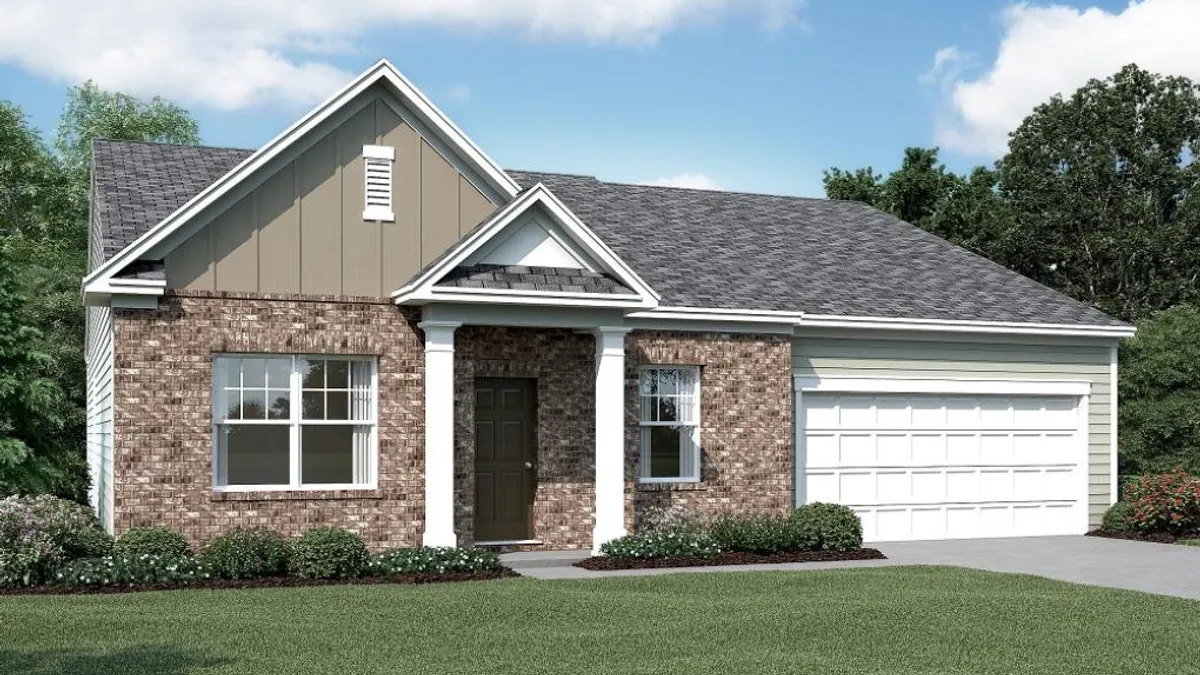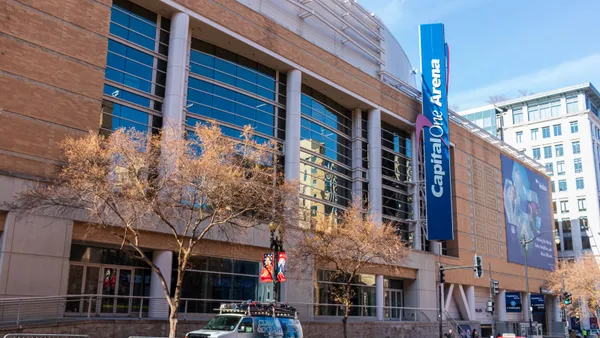Dive Brief:
-
Existing-home sales sank 2.3% in April to a seasonally adjusted annual rate of 5.57 million from a downward-revised rate of 5.70 million in March, according to the National Association of Realtors.
-
Sales in the category — which includes single-family homes, townhomes, condominiums and co-ops — were 1.6% ahead of a year ago.
- The median existing-home sales price in April was $244,800, up 6.0% from a year ago, representing the 62nd month in a row of year-over-year price increases. Inventory levels declined for the 23rd-consecutive month, with a 4.2-month supply of unsold properties.
Dive Insight:
Existing-home sales activity declined in April following a robust March, likely due to insufficient inventory levels, NAR Chief Economist Lawrence Yun said in a statement. New and existing inventory, he said, is failing to keep pace with demand, particularly in the entry-level and mid-market categories, fueling strong competition for limited properties.
Despite the tight market, buyers are optimistic, with Fannie Mae's monthly Home Purchase Sentiment Index edging up 2.2 percentage points in April. The share of respondents who said now is a good time to buy increased by 5 percentage points, pointing to optimism in the market for homebuying. Still, those who said now was a good time to sell dropped by 5 percentage points, supporting previous reports noting that existing owners are reluctant to sell for fear of being unable to find a suitable replacement property.
Meanwhile, builders are optimistic about the potential for new residential construction. The National Association of Home Builders/Wells Fargo Housing Market Index rose in May to its second-highest level since the recession with positive projections for current and future sales expectations as well as buyer traffic.
Tight inventory conditions remain a drag on more robust recovery in the housing market. A dearth of for-sale listings is making it difficult for new buyers in the entry-level category to find a home they can afford and is challenging existing owners who want to trade up but are being met with a highly competitive buying environment. Meanwhile, residential permitting activity, an indicator of future construction activity, lags that of previous periods, according to the NAHB.













